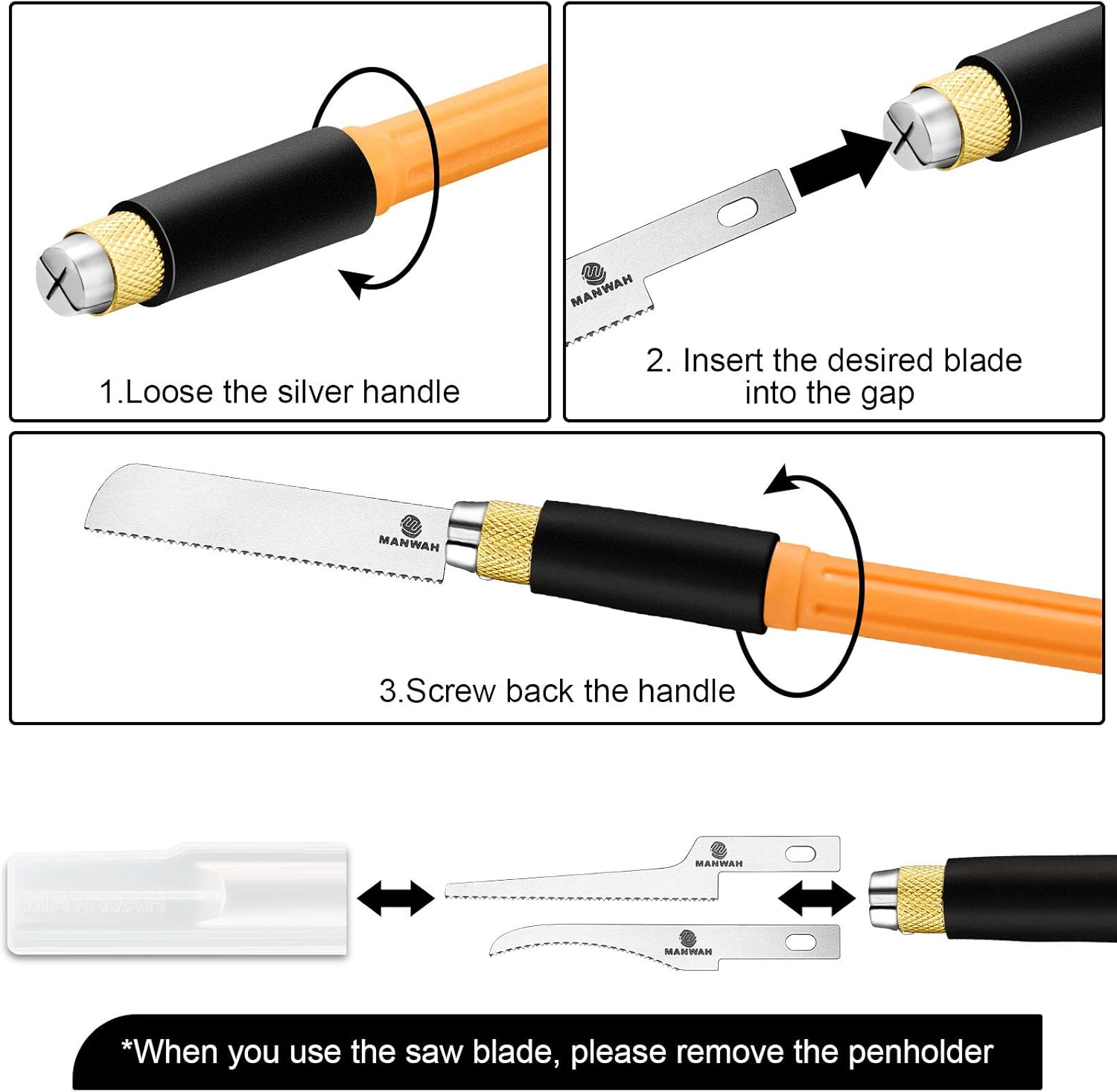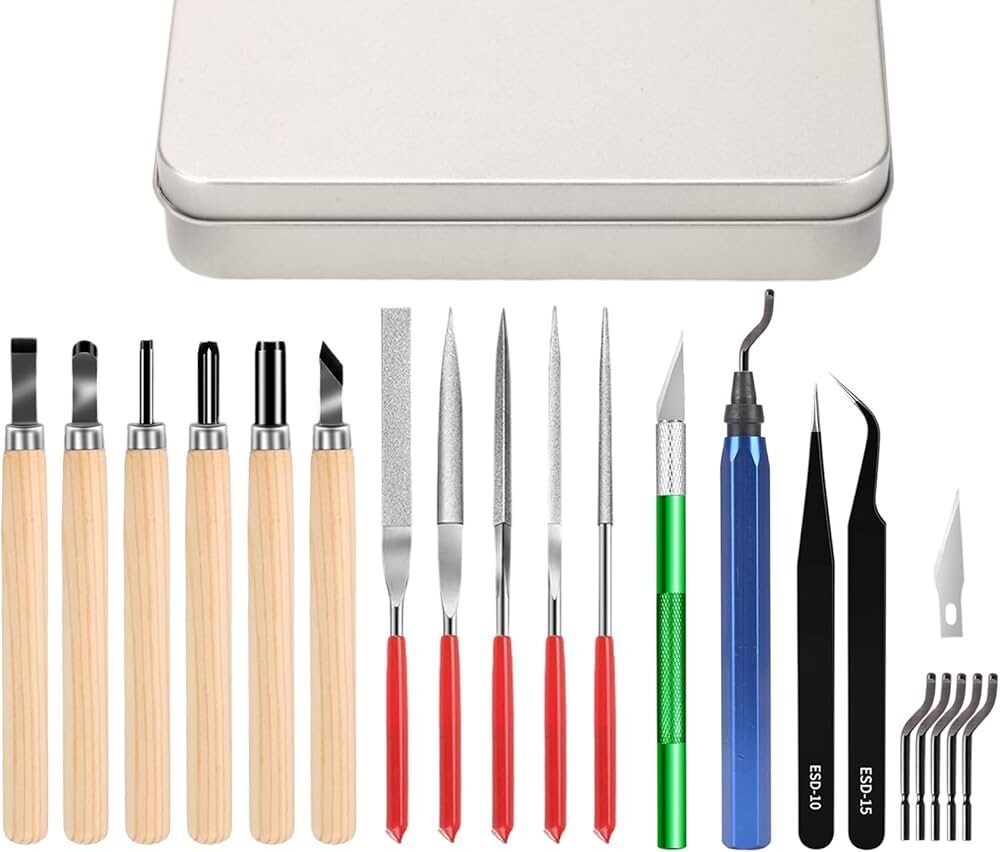Crafting is more than just a pastime; it’s a way to unwind, express yourself, and create something uniquely yours. Whether you’re a beginner or someone looking to reignite your creative spark, this guide will help you kickstart your crafting journey and make the most of your time and resources.
Why You Should Start a Crafting Hobby
Crafting has numerous benefits:
Stress Relief: Crafting helps reduce anxiety and promotes mindfulness by keeping your hands and mind occupied.
Skill Development: Learn new techniques, improve coordination, and challenge your creativity.
Personalized Creations: Make gifts, décor, or even clothing that reflects your personal touch.
Potential for Profit: Many turn their hobbies into side businesses by selling handmade items.
Steps to Start Your Crafting Journey
1. Find Your Passion
Explore different crafts to discover what excites you. Here are some ideas:
Paper Crafts: Card-making, scrapbooking, origami.
Textile Arts: Knitting, sewing, embroidery, quilting.
Painting and Drawing: Watercolor, acrylic, or sketching.
Woodworking: DIY furniture, carving, or building models.
Jewelry Making: Beading, wirework, or resin art.
If you’re unsure, start small with beginner kits available for most crafts.
2. Set Up Your Workspace
Having a dedicated space for crafting helps you stay organized and motivated.
Lighting: Make sure your workspace is well-lit. Natural light is ideal.
Storage: Use shelves, bins, or pegboards to store materials.
Comfort: Choose a chair and table at a comfortable height to avoid strain.
3. Gather Essential Supplies
Every craft has its own set of tools and materials. Here are some basics:
Paper Crafts: Cardstock, scissors, glue, stamps.
Painting: Brushes, paints, canvas, and palettes.
Sewing: Fabric, needles, thread, and a sewing machine if needed.
Jewelry Making: Pliers, beads, wires, and clasps.
Invest in quality tools to make your crafting experience smoother and more enjoyable.
4. Learn the Basics
Start with beginner-friendly tutorials online or take classes. YouTube, Pinterest, and crafting blogs are treasure troves of inspiration and instruction.
Follow Tutorials: Step-by-step videos can help you master the basics.
Join Workshops: Local craft stores often host classes.
Practice Regularly: Like any skill, crafting improves with consistent effort.
5. Start Small
Avoid overwhelming yourself with complex projects. Begin with simple ideas to build confidence. For example:
Make a basic friendship bracelet.
Sew a simple pillowcase.
Paint a small canvas with an abstract design.
Tips for Staying Motivated
Join a Community: Connect with fellow crafters through online forums, social media groups, or local meetups.
Set Goals: Whether it’s finishing a project or learning a new skill, setting goals keeps you inspired.
Celebrate Your Progress: Take pride in your creations, even if they’re not perfect.
Crafting as a Lifestyle
As you grow in your hobby, you might find crafting becoming more than just an occasional activity.





